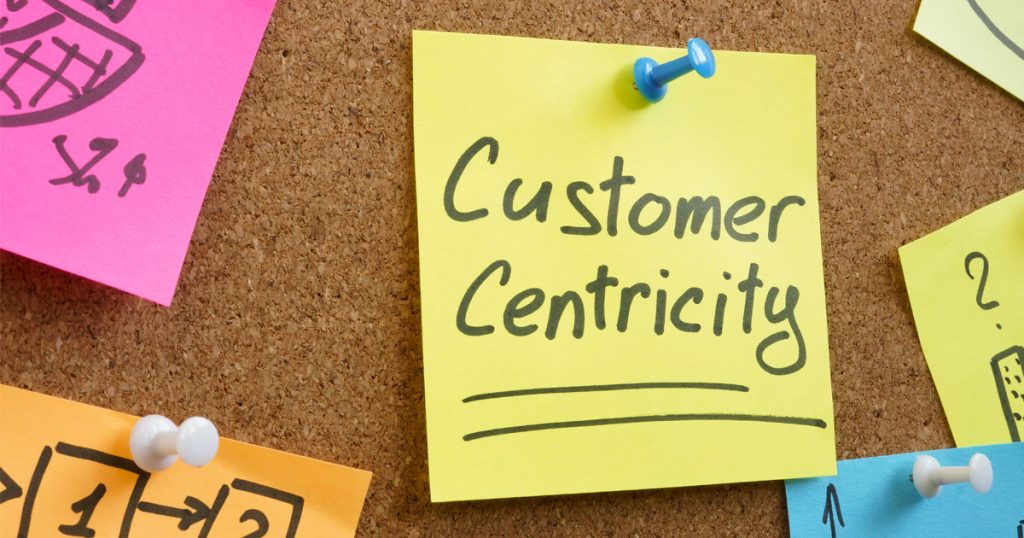Effective Customer Centered Design is Driven by Understanding 'Why'
The other day I was feeling pretty overwhelmed and stressed. Free-floating anxiety is such an unpleasant experience, and it’s often hard to pin down the cause(s). Mostly we don’t have or take the time to really analyze what’s bothering us. We’re busy, so we coffee up and carry on. But this time, I had a moment of insight, because what triggered my bad mood was the prospect of sifting through a pile of medical bills and EOBs. “Why does this have to be such a miserable, complicated experience?” I thought.
It doesn’t have to be.
And that’s why it’s so stressful.

Many Processes Are Complex by Design
Many years ago, I decided to apply to law school. I applied to 6 different schools, which was ridiculously time consuming, complex, and painful. About halfway through the process, I realized that the complexity was designed to sift out some applicants from the start. That made me kind of mad. Determined not to give up, I muscled through and wound up getting accepted to 5 law schools (I never went, but that’s a whole other story).
And just last week, I went to an informational breakfast at the county agricultural extension office, where I met representatives from 8 different state and federal agencies. I took a lot of notes and grabbed all the handouts and I’m still confused. Isn’t farming hard enough without having to navigate layers of bureaucracy to access services?
The fact is, modern life is getting ever more complex, impersonal, and stressful. The tools and technology at our fingertips often do NOT make life better, easier, or more pleasant. Being able to do more things faster does not translate to a better quality of life, better mental health, or a higher standard of living. As someone who lived through the transition from an analog to a digital world, who bought my first computer from a massive, printed catalog called the Computer Shopper, I’m disappointed and puzzled by our failure to put technology to the service of humanity. Sometimes it feels like the other way around.
When It Comes to Designing a Product, Shift Your Focus
I went to a leadership training seminar on Saturday where the presenter, Virginia Delegate Sam Rasoul, asked us a simple question. “What is your Why?”
The What and the How are important, but you have to start with Why. Why drives the action, the design, the conversation, the policy, everything.
If your Why is “Make lots of money” then your products and services will reflect that. Everything you design will center you, not your customer or the broader community.
What if your Why is “Make people’s lives better and happier?”
How would that change the way you do things?
If you sat down with your customers and asked them “How can I make your life better, improve your happiness and mental health, reduce your stress, help you sleep better at night,” would that change your product design? Would it change your customer service processes? Would it change your entire business model? Would it change you?

The Cons of Self Centered Design
Here are some examples of businesses whose Why is clearly not customer-centric. I’m sure you’ve had similar frustrating experiences.
- The cellular provider that makes it easy to start or upgrade service but makes it incredibly hard to cancel or downgrade service.
- The doctor’s office that requires you to call to schedule an appointment but doesn’t have enough staff to answer the phone, so you have to leave a message and wait for a call-back that may or may not happen.
- The social media company that takes features away from users and then requires them to pay a monthly fee to access functionality that used to be free.
- The software company with a monopoly on a type of product that forces all customers to switch to a subscription-based model.
- The retailer that keeps its store perpetually understaffed to save labor dollars, resulting in a poorly stocked, disorganized, messy store.
- The gas station that forces customers to view advertising videos on the gas pump while they’re tanking up.
- The bank that incentivizes employees to sell financial products that customers don’t need, don’t understand, and can’t afford.
The Pros of Customer Centered Design
Now, what if the above companies shifted their focus to a customer-centered Why, like “We want to make our customers lives better and happier?” Our experiences with them would look a lot more like this:
- The cellular provider builds a portal that makes it easy for existing customers to see what their coverage is and select changes, automatically calculating the related charges.
- The doctor’s office either hires an additional person to schedule appointments or enables patients to see doctor availability and schedule online.
- The social media company that gives users the freedom to curate their own experience by selecting free and paid features as well as enabling them to select or block the types of content that they want to see and interact with.
- The software company that offers multiple ways to access their products, including short and long-term subscriptions, free trials, and purchase.
- The retailer hires sufficient staff to keep the store recovered, help customers who need assistance, and maintain a minimal wait time at the registers.
- The gas station actually hires attendants to pump your gas, clean your windshield, check your tire pressure, and take your payment.
- The bank offers financial literacy classes or content so that customers can be better educated about financial products and make better decisions. Lower income customers are given special rates to ensure that they are able to access high-quality banking services.
What Are Your Intentions?
You might be able to fool yourself, but you won’t fool your customers or your employees. Your Why is revealed with every step you take in the market. If your Why doesn’t center your customers, they’ll jump ship as soon as a better choice comes along. Your customers don’t want to “muscle through” their interactions with you. We all want peace of mind and less stress in our lives!
If you’re looking for ways to use technology to make your customers happier, talk to us! Together we can make things better.



